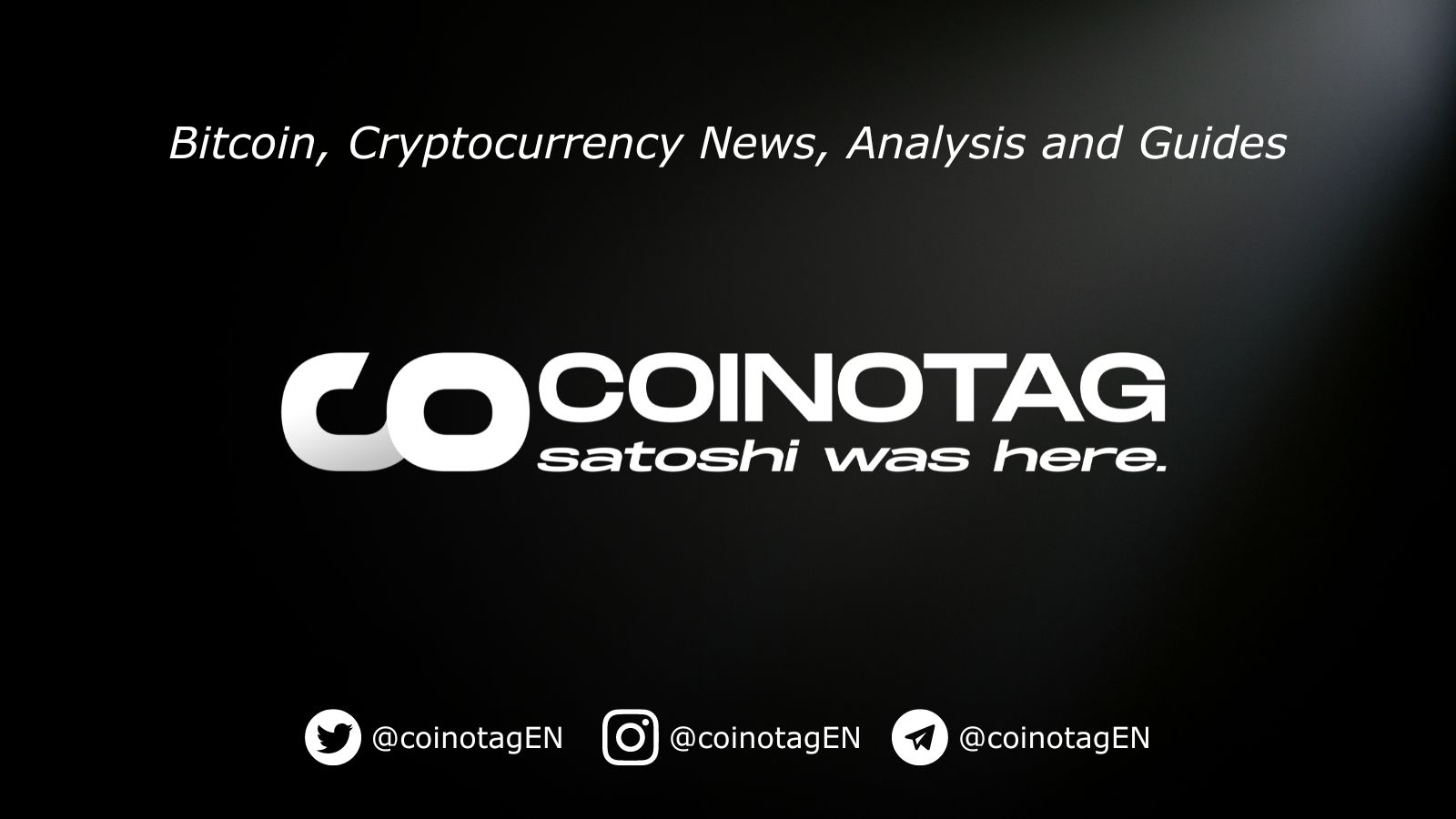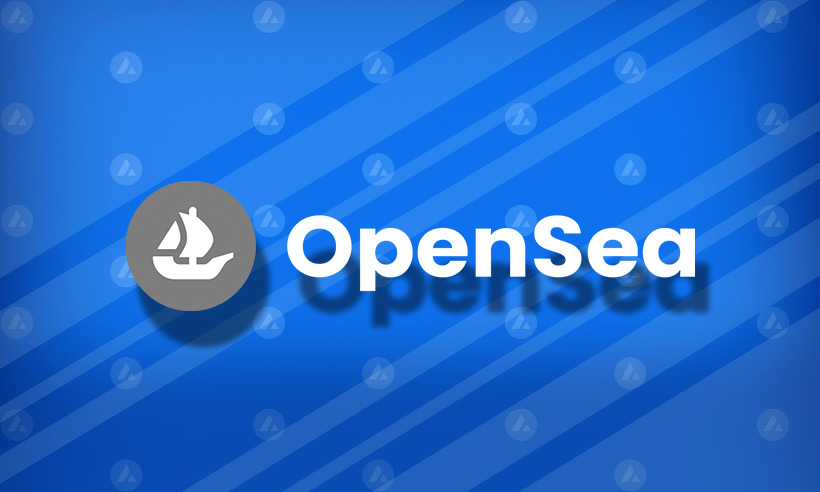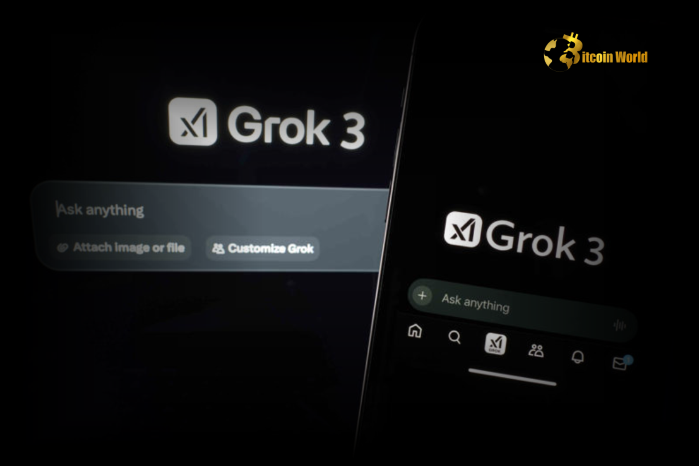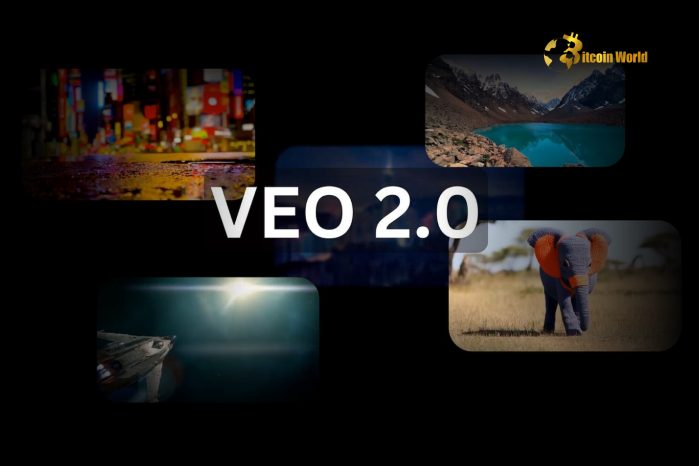
The Ethereum Foundation has announced the Open Intents Framework (OIF), a modular and open framework designed to improve interoperability across the Ethereum ecosystem. The new standard is developed with the collaboration of over 30 teams which includes Layer 2 networks, wallets, and infrastructure providers. Open Intents Framework According to the official announcement on February 19th, the main objective of the Open Intents Framework (OIF) is to streamline cross-chain transactions by making it easier for users to send assets across different chains seamlessly. Central to this initiative is “Intents,” which allow users to specify desired outcomes without handling complex transaction details. However, existing implementations of Intents often lack compatibility and make adoption challenging. The OIF addresses this issue by standardizing key components such as solving and settlement and helps developers integrate and customize solutions without being tied to a single provider. This modular approach boosts shared innovation, ensuring that different intent solutions can work together efficiently. Strong Backing Its official website states that OIF is a “public good initiative” led by contributors from the Ethereum Foundation, Hyperlane, and Bootnode. It began with initial funding from Hyperlane, aiming to establish a strong foundation for future community ownership and funding. The standard is also supported by prominent Layer 2s such as Arbitrum, Optimism, Scroll, Polygon, zkSync, Linea, Gnosis, and Starknet among others. The Ethereum Foundation stated that further developments and expansions are expected in the near future. Meanwhile, Uniswap Labs – the team behind the Uniswap decentralized exchange (DEX) – highlighted its role in co-authoring ERC-7683, which was introduced last year to encourage ecosystem-wide adoption. In a follow-up tweet to the Ethereum Foundation’s announcement, “Last year we co-authored ERC-7683, a new standard for cross-chain intents built for any team to adopt. Today, we’re excited to see it as a core part of the Open Intents Framework. Because the best way to unify Ethereum is together.” The post Ethereum Foundation Launches Open Intents Framework to Boost Cross-Chain Interoperability appeared first on CryptoPotato .
Crypto Potato
You can visit the page to read the article.
Source: Crypto Potato
Disclaimer: The opinion expressed here is not investment advice – it is provided for informational purposes only. It does not necessarily reflect the opinion of BitMaden. Every investment and all trading involves risk, so you should always perform your own research prior to making decisions. We do not recommend investing money you cannot afford to lose.
Controversial Arbitrum DeFi Proposal Sparks Fierce Community Debate: Will It Benefit the Ecosystem?

The decentralized finance (DeFi) space thrives on community governance, but sometimes, even in the most innovative ecosystems, disagreements arise. Currently, the Arbitrum community, known for its vibrant and engaged members, finds itself at a crossroads. A new DeFi investment proposal has ignited a fiery debate, raising critical questions about the direction of Arbitrum’s treasury and its commitment to native projects. Let’s dive into the heart of this controversy and understand what’s causing such a stir within this leading Layer-2 scaling solution. Why is the Arbitrum Community Questioning This DeFi Investment Proposal? At the center of the storm is a governance proposal put forth by the Arbitrum DAO’s recently formed Growth Management Committee (GMC). The proposal suggests a significant investment of 7,500 ETH (Ethereum) into various DeFi protocols. While investing in DeFi isn’t inherently controversial, the specific protocols chosen and the perceived lack of focus on Arbitrum-native projects have sparked considerable criticism. The community’s concerns can be summarized into a few key points: Prioritizing Non-Native Protocols: The proposal earmarks funds for established DeFi giants like Lido (for ETH staking), Aave (for lending and borrowing), and Fluid (a cross-chain lending protocol). While these are reputable platforms, critics argue that they are not native to the Arbitrum ecosystem. This raises questions about whether the investment truly benefits Arbitrum or simply disperses funds across the wider DeFi landscape. Neglecting Arbitrum-Native Projects: A significant portion of the community feels that the proposal overlooks the burgeoning DeFi projects built directly on Arbitrum. These projects are crucial for the long-term growth and vibrancy of the Arbitrum ecosystem. Investing in them could foster innovation, attract more users and developers, and solidify Arbitrum’s position as a leading L2 scaling solution . Lack of Transparency and Community Consultation: Some community members have expressed concerns about the process leading up to the proposal. They argue for more transparency from the GMC and greater community consultation before such significant investment decisions are made. Decentralized governance ideally involves inclusive discussions and consensus-building, and some feel this process was rushed or insufficiently collaborative. Risk Assessment and Diversification: While DeFi investments can be lucrative, they also carry inherent risks. Some community members are questioning the risk assessment conducted for these specific protocols and whether a more diversified investment strategy, potentially including a mix of native and non-native projects, would be more prudent. Breaking Down the DeFi Investment Proposal: What’s Actually Being Proposed? To understand the controversy fully, let’s examine the details of the DeFi investment proposal . The GMC’s rationale likely stems from a desire to generate yield on the Arbitrum DAO’s treasury and participate in the broader DeFi ecosystem. Investing in established protocols like Lido and Aave offers relatively lower risk exposure compared to emerging, untested projects. Here’s a closer look at the protocols mentioned: Protocol Description Potential Benefits Community Concerns (in this context) Lido A leading liquid staking solution for ETH and other assets. Users can stake ETH and receive stETH in return, which can be used in DeFi. Generates yield from ETH staking, relatively established and secure protocol. Not Arbitrum-native, yield benefits stETH holders generally, not specifically Arbitrum ecosystem. Aave A decentralized lending and borrowing protocol. Users can deposit assets to earn yield or borrow against their collateral. High liquidity, established platform, potential to earn yield from lending. Not Arbitrum-native, potential for capital outflow from Arbitrum ecosystem to Aave on other chains. Fluid A cross-chain lending protocol aiming to facilitate seamless lending and borrowing across different blockchains. Cross-chain exposure, potentially higher yield opportunities, innovative approach to DeFi. Less established than Lido and Aave, cross-chain nature might not directly benefit Arbitrum ecosystem, complexity and potential risks of cross-chain protocols. The proposal aims to allocate 7,500 ETH across these platforms, seeking to generate returns for the Arbitrum DAO treasury. However, the community’s pushback highlights a fundamental question: **What is the primary purpose of the DAO treasury, and how should it be utilized to best serve the Arbitrum ecosystem?** The Power of Decentralized Governance and Crypto Community Voices This situation underscores the importance of decentralized governance in the cryptocurrency world. The Arbitrum community’s vocal response demonstrates the power of token holders to influence decisions within a DAO. Their concerns are not simply about opposing the proposal; they reflect a deeper desire to shape the strategic direction of Arbitrum and ensure its long-term success. This debate is a healthy sign of a vibrant and engaged community that cares deeply about the project’s future. The criticism isn’t necessarily a rejection of DeFi investments altogether. Instead, it’s a call for a more nuanced and strategic approach. Many community members likely agree that utilizing the DAO treasury for yield generation is a sound strategy. However, they advocate for a shift in focus towards supporting and nurturing projects that are integral to the Arbitrum ecosystem. This could include: Investing in Arbitrum-Native DeFi Protocols: Allocating funds to promising DeFi projects built on Arbitrum would directly benefit the ecosystem. This could incentivize development, increase liquidity within Arbitrum’s DeFi space, and attract more users to the platform. Providing Grants and Funding for Ecosystem Development: The DAO treasury could be used to fund grants for developers building on Arbitrum, supporting infrastructure projects, or initiatives that enhance the user experience. Strategic Partnerships: Collaborating with Arbitrum-native projects through strategic investments or partnerships could foster mutual growth and strengthen the ecosystem as a whole. What’s Next for Arbitrum and Its DeFi Strategy? A vote on the DeFi investment proposal is anticipated soon. The outcome of this vote will be a significant indicator of the community’s priorities and its influence on the DAO’s decision-making process. Regardless of the vote’s result, this episode serves as a valuable lesson for other DAOs and crypto projects. It highlights the critical need for: Transparent Communication: DAOs should prioritize clear and open communication with their communities regarding proposals, strategies, and decision-making processes. Community Consultation: Engaging the community in meaningful discussions and seeking feedback before making significant decisions is crucial for building consensus and ensuring alignment with community values. Strategic Alignment: DAO treasury management should be strategically aligned with the long-term goals and vision of the ecosystem. Investments should ideally contribute to the growth and sustainability of the project. Balancing Risk and Reward: DeFi investments require careful risk assessment and diversification. A balanced approach that considers both potential returns and potential risks is essential for responsible treasury management. The Arbitrum community’s debate is a powerful example of crypto community engagement shaping the future of a project. It showcases the dynamic nature of decentralized governance and the importance of community voices in navigating the complexities of the DeFi landscape. As Arbitrum continues to evolve as a leading L2 scaling solution , how it addresses this proposal and incorporates community feedback will be crucial in defining its path forward. Actionable Insights: What Can We Learn from the Arbitrum Debate? This situation offers valuable insights for anyone involved in DAOs, DeFi, or the broader crypto space: For DAO Members: Actively participate in governance discussions, voice your opinions, and vote on proposals. Your voice matters in shaping the direction of decentralized projects. For Project Teams and DAOs: Prioritize transparency, community engagement, and strategic alignment in your governance processes. Listen to your community’s concerns and incorporate their feedback into your decision-making. For DeFi Enthusiasts: Pay attention to governance discussions within your favorite DeFi projects. Understanding the debates and proposals helps you grasp the underlying values and direction of these platforms. For Investors: Community engagement and governance are crucial indicators of a healthy and sustainable crypto project. Projects with active and vocal communities are often more resilient and adaptable in the long run. The Arbitrum DeFi investment proposal debate is more than just a disagreement over fund allocation; it’s a reflection of a community deeply invested in the success of its ecosystem. It’s a testament to the power of decentralized governance and the evolving dynamics of the crypto world, where community voices can truly shape the future. To learn more about the latest crypto market trends, explore our article on key developments shaping Ethereum institutional adoption. Crypto Potato
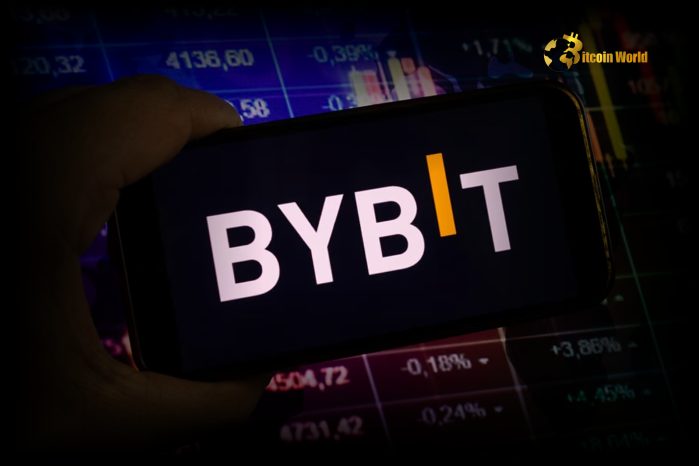
SafeWallet Returns: Services Resume with Enhanced Security After Bybit Hack
Great news for Safe{Wallet} users! After a brief period of uncertainty, the popular Ethereum multi-sig wallet is gearing up to relaunch its services. In an exciting announcement made on X just an hour ago, Safe{Wallet} confirmed that it will be initiating a phased rollout of services within the next 24 hours. This eagerly awaited return comes with a significant upgrade: enhanced security measures designed to provide users with an even more robust and reliable crypto wallet experience. This development follows a temporary suspension of certain functionalities, a precautionary step taken after a hacking incident impacted the crypto exchange Bybit. Let’s dive into what this means for Safe{Wallet} users and the broader crypto community. Why is SafeWallet Resuming Services with Enhanced Security? The temporary suspension of certain Safe{Wallet} functionalities was a proactive measure in response to a security breach at Bybit. While Safe{Wallet} itself was not directly compromised, the team took swift action to ensure the platform remained secure for all users. This temporary pause allowed them to conduct thorough security audits and implement additional layers of protection. The upcoming resumption of services signifies that Safe{Wallet} has successfully fortified its platform and is now ready to welcome users back with even stronger defenses against potential threats. This proactive approach underscores Safe{Wallet}’s commitment to user safety and the integrity of its crypto wallet services. What Enhanced Security Measures are Being Implemented in SafeWallet? While specific details of the enhanced security measures are yet to be fully disclosed, Safe{Wallet} has assured its community that significant upgrades have been implemented. We can anticipate these enhancements to focus on strengthening the platform’s resilience against various attack vectors. Here are some potential areas of improvement based on industry best practices: Advanced Threat Detection: Implementing more sophisticated systems to identify and neutralize potential threats in real-time. Multi-Factor Authentication (MFA) Enhancements: Strengthening MFA protocols to add extra layers of verification beyond passwords. Smart Contract Audits: Conducting even more rigorous and frequent audits of their smart contracts to identify and patch vulnerabilities. Infrastructure Upgrades: Improving the underlying infrastructure to enhance its robustness and security. Collaboration with Security Experts: Working closely with leading cybersecurity firms to continuously monitor and improve their security posture. These measures are crucial in today’s evolving crypto landscape, where security is paramount. Safe{Wallet}’s dedication to enhancing its defenses demonstrates a proactive approach to safeguarding user assets. When Can You Access Your SafeWallet and Utilize its Features? The announcement of a phased rollout within the next 24 hours is incredibly encouraging for Safe{Wallet} users. A phased rollout typically means that access to services will be gradually restored to different user segments over the specified period. This approach allows Safe{Wallet} to monitor the system closely as it comes back online and address any unforeseen issues in a controlled manner. Here’s what you can expect in the phased rollout: Phase Timeline Expected Actions Phase 1 Within the first few hours Initial system checks and activation of core functionalities for a limited group of users. Monitoring for stability. Phase 2 Next 12-18 hours Gradual expansion of access to a larger user base. Full functionality testing and performance evaluation. Phase 3 Within 24 hours General availability of all Safe{Wallet} services to all users. Comprehensive system monitoring and ongoing security assessments. It’s advisable to keep an eye on Safe{Wallet}’s official X (formerly Twitter) account and other communication channels for real-time updates on the rollout progress. This phased approach is designed to ensure a smooth and secure return to full functionality for every SafeWallet user. Why Choose SafeWallet as Your Multi-Sig Wallet? Safe{Wallet} is renowned for its robust multi-sig wallet functionality, particularly within the Ethereum ecosystem. Multi-signature wallets offer a significant advantage over single-signature wallets by requiring multiple private keys to authorize transactions. This dramatically enhances security and reduces the risk of unauthorized access or single points of failure. Key benefits of using a multi-sig wallet like SafeWallet: Enhanced Security: Multi-signature requirement makes it significantly harder for hackers to compromise funds. Even if one key is compromised, the attacker still needs access to other keys to move assets. Protection Against Key Loss: In scenarios where one key holder loses access to their key, funds are not lost as long as the other key holders are still accessible. Organizational Security: Ideal for teams, DAOs, and organizations managing crypto assets, as it ensures that no single individual has unilateral control over funds. Transparency and Accountability: Multi-sig transactions provide greater transparency and accountability, as all transactions require agreement from multiple parties. Safe{Wallet}’s commitment to security , combined with the inherent advantages of multi-sig technology, positions it as a leading choice for users seeking a secure and reliable way to manage their Ethereum and other crypto assets. Navigating the Challenges: Security in the Crypto Wallet Space The recent incident, although not directly targeting Safe{Wallet}, highlights the ongoing challenges and importance of security in the cryptocurrency space. Crypto wallets, as custodians of digital assets, are prime targets for malicious actors. The crypto industry is constantly battling evolving threats, requiring continuous innovation and vigilance in security practices. Challenges in crypto wallet security include: Sophisticated Hacking Techniques: Hackers are becoming increasingly sophisticated, employing advanced phishing, social engineering, and technical exploits. Smart Contract Vulnerabilities: While smart contracts enable innovation, they can also contain vulnerabilities that can be exploited if not rigorously audited. User Error: Users themselves can sometimes be the weakest link, falling victim to scams or not adequately securing their private keys. Regulatory Uncertainty: The evolving regulatory landscape can sometimes create challenges for crypto wallet providers in implementing consistent and compliant security measures. Addressing these challenges requires a multi-faceted approach, including robust technology, user education, industry collaboration, and proactive adaptation to the ever-changing threat environment. Safe{Wallet}’s response to the Bybit incident and its commitment to enhanced security demonstrate a responsible and proactive approach to these ongoing challenges. Conclusion: A Stronger and Safer SafeWallet is on the Horizon The news of Safe{Wallet} resuming services with enhanced security is a significant positive development for the crypto community. It underscores the resilience of the ecosystem and the commitment of platforms like Safe{Wallet} to prioritize user safety above all else. The temporary suspension, while inconvenient, was a necessary step to reinforce security measures and ensure a more robust and trustworthy platform going forward. As Safe{Wallet} embarks on its phased rollout, users can look forward to returning to a platform that is not only feature-rich and user-friendly but also fortified with cutting-edge security enhancements. This return signals a stronger, safer, and more reliable Safe{Wallet} experience for everyone. To learn more about the latest crypto wallet security trends, explore our article on key developments shaping crypto wallet security best practices. Crypto Potato




